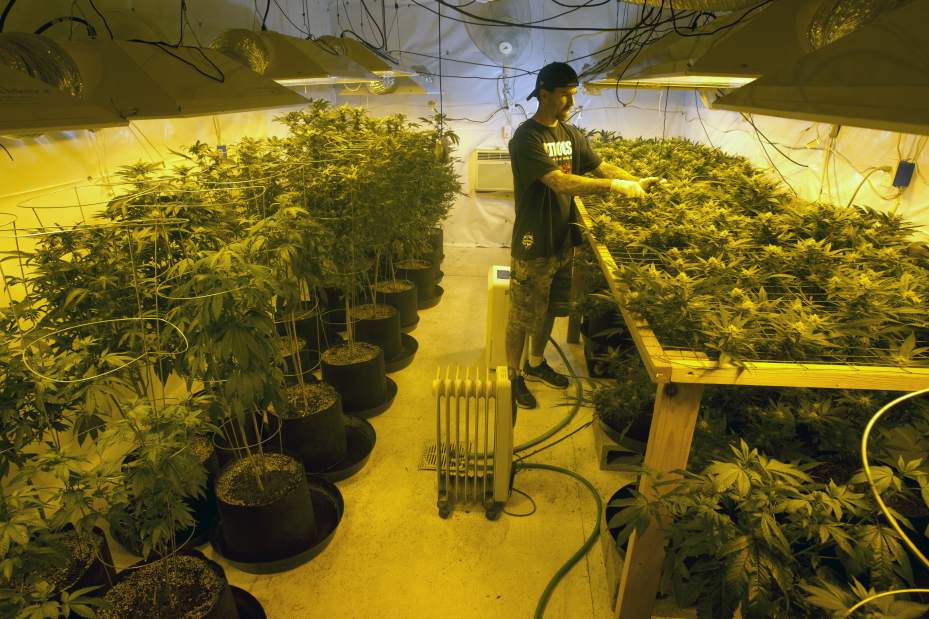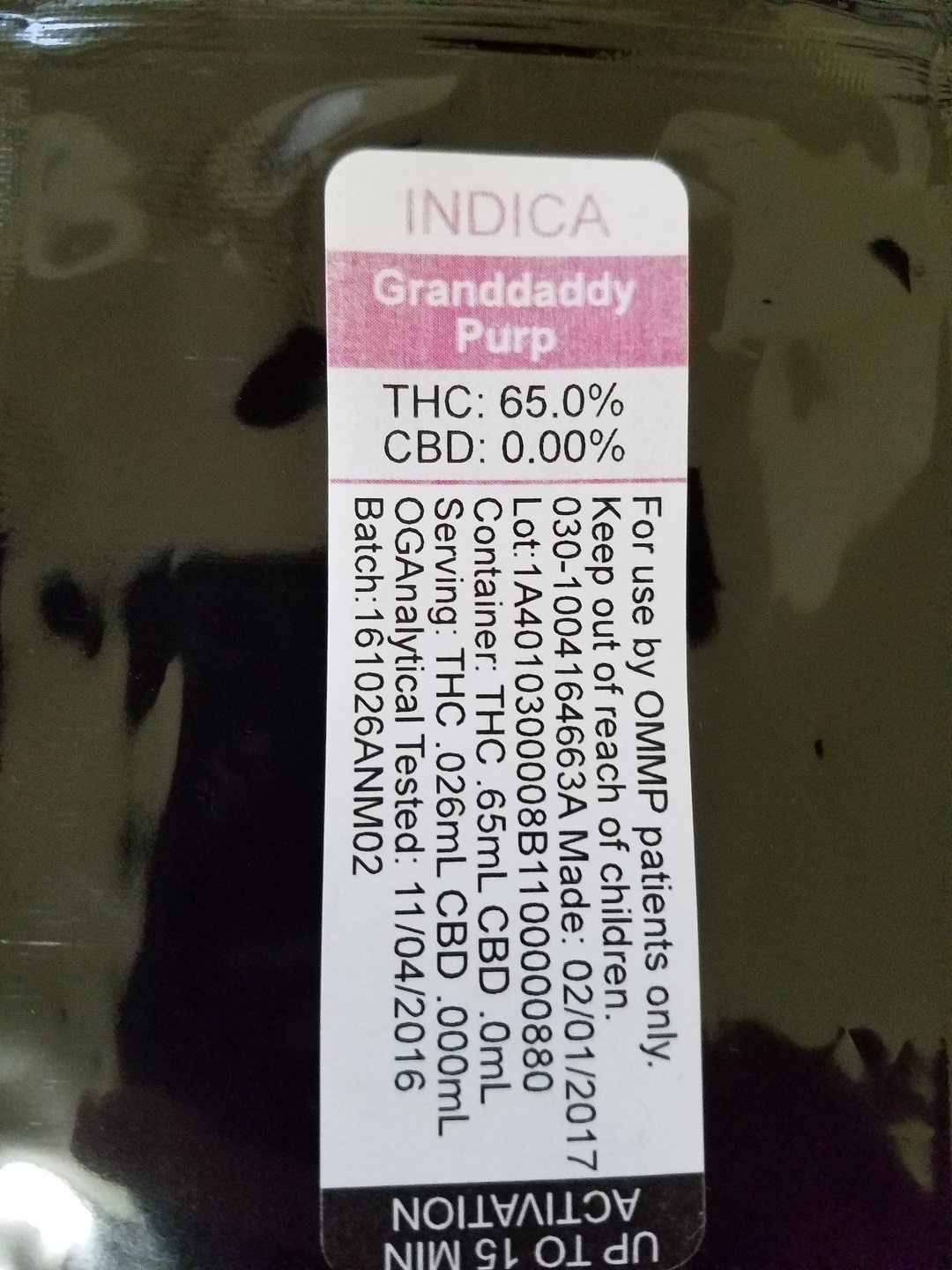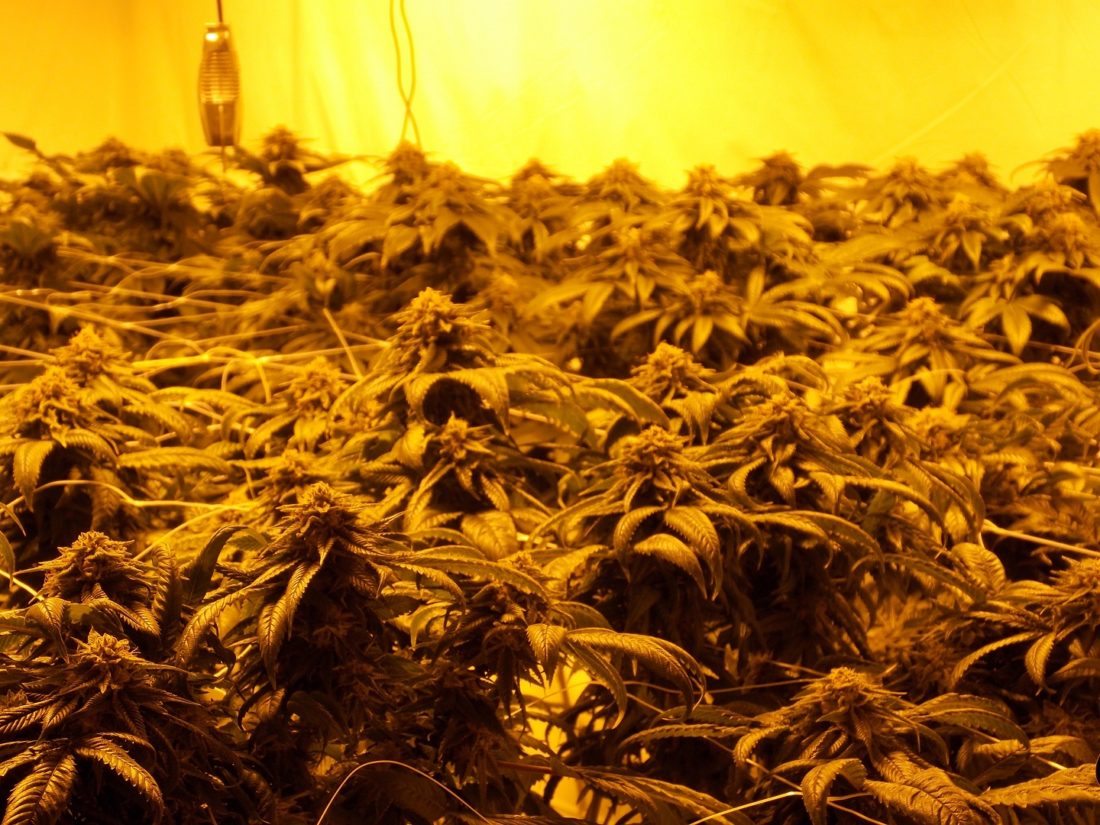There are a few fundamental steps to starting a new business.
Whether you are starting an investing firm or a marijuana grow, there are a few key steps to making a dream into a business reality. Read any business startup book or ask any successful entrepreneur and you will more or less get the same list.
The list goes a bit like this: write a business plan, find a location, work out the business structure, get licensed, establish infrastructure, contract with partners, and finally promote the hell out of it. Fail in any part of that list and the consequences are dire. But some of the risks and challenges in the marijuana industry are unique to recreational growers and those are what I want to focus on.
Barriers to success in the recreational marijuana market are growing. 
Oregon recently did away with all residency requirements related to ownership and investment in recreational pot. This means that people don’t have to live in Oregon to start their application process (unlike other states). Outside investors can channel money into operations based in Oregon and never have to physically be at the property.
There are also no formal capital requirements like there are for fast food franchising or insurance underwriting. In essence, if you can pass a background check, have a spot, and pay the annual fees (starts around $5000 a year) you can get licensed to grow weed in Oregon. This is a big change from the previous rules that had strict rules for who could even apply.
On the surface, these kinds of changes seem like they are great for small business and to some extent they are. Yet competition and rising prices are forcing many long time producers to rethink how they do business. Costs for laboratory testing have skyrocketed as lawmakers impose new restrictions and tests be performed. Less than a year ago, the average price for testing was between $300 and $500. Today that number is closer to $3500.
Cannabis is moving away from Mom and Pop.
The rising cost of testing is only one area where weed growers are feeling pinched. The incredible level of regulation and reporting that recreational growers are faced with is enough to make anyone pullout their hair. Add to that the delays caused by having thousands of producers and only a handful of laboratories and regulators to sign off on permits. Yet some states can handle the influx better.
While it can take up to 18 months to get through the licensing process in Washington (who has merged their recreational and medical programs), it might only take 10 months to get permitted in California. The long delay is enough to derail many individuals who simply don’t have the time or money to push things along or adjust to changing regulations.
Compliance is a big and constantly changing part of a marijuana grow.
Washington State’s cannabis regulations change on a monthly basis and the same can be said about Oregon. The Oregon legislature even added four new marijuana bills recently which caused the two governing bodies to scramble to write rules around them. For the first time in the 17 year history of the Oregon medical program, growers are required to report online. At the same time, the Oregon Health Authority (OHA) is changing concentration limits for edible products.
If the idea of; constantly redesigning packaging, testing costs growing by orders of magnitude, waiting for close to a year before getting to start making money, and the extreme amount of reporting required doesn’t excite you then you might want to rethink getting in. No matter which state you try to start a recreational grow, a marijuana grow will have to deal with these challenges in addition to finding a good spot.
Remember that location is key.
The old adage “Location location location” holds true here. In states like Washington and Colorado, there is no difference between a medical and recreational grow since they merged their markets. In states like Oregon though, there is a patchwork of friendly and unfriendly marijuana jurisdictions. Yet even in states where the systems are merged, finding a good spot for a marijuana grow is tough.
Even where weed is welcomed, zoning rules and time, place and manner restrictions prevent growing weed in certain areas or neighborhoods. It is also important to remember that growers must submit Land Use Compatibility Statements (LUCS) during the permitting process. New York entrepreneurs must demonstrate they’re in control or possession of the buildings, land or premises to cultivate, process and dispense marijuana,or they will have to put up a $2 million bond.
Even after finding a suitable location, growers must remain vigilant. Many operations worry about getting shut down after a school moves into an area after the grow was established. Most states view the marijuana establishment as ‘grandfathered in” but normally come to a conclusion on a case by case basis. Yet schools and zoning work to limit a marijuana grow.
Marijuana grows are transitioning to the recreational market. 
In states like Washington they don’t have much choice as the markets have officially merged. States like Oregon decided to keep their medical programs unchanged. So only medical producers are still subject to two-year residency restrictions. Medical producers (unlike recreational) officially can’t make profit so are limited on how much they can earn.
The increased profitability for farmers producing recreational product presents a real incentive for growers to switch to recreational. This further compounds the issues of increased competition, increasing testing costs and the difficulty in finding a decent location. Yet these challenges don’t seem to be slowing down or going away any time soon.
Even in states where medical and recreational systems are both in place, legislators and business owners are preparing for the merging of the systems. The increased taxes generated by licensing and fees has to be paid whether a business succeeds wonderfully or fails horribly. Don’t forget to factor in states perpetually looking for ways to generate additional revenue.
The recreational market is growing but not evenly.
NerdWallet recently conducted a study. They found that if all 50 states legalized cannabis today, it would generate a collective $3 billion a year in taxes. With those kinds of figures running around post recession, it is easy to understand why states would actually be considering legalizing marijuana. It is also easy to see why a mom and pop marijuana grow is at such a disadvantage in the recreational market. Even though they are the lifeblood of the medical market.
Corporations like Pfizer, Monsanto and Phillip Morris all have a vested interest in controlling cannabis production. With a collective fortune that would rival most nations, these corporations have leveled their might at taking control of production.
The deck is stacked against a small marijuana grow.
Take a small business owner growing in a barn and can only produce one pound each harvest. It may take that farmer $900 to produce a pound of weed and another $400 for packaging and delivery. Add the $3500 for testing and that farmer has to charge $4800 per pound to break even. Additionally, that farmer doesn’t get tax cuts like most businesses do. But we can ignore that for now since neither will the corporation.
An international corporation like Nike or Apple can produce that same pound of cannabis (due to economies of scale) at close to $600. They could spend about $200 on packaging and delivery (because they own factories that already make packaging). The corporation has to pay the same $3500 for testing but can test close to 20,000 pounds at once. Which adds about 17 cents to the cost of each pound. This makes their pound cost $800.17.
There is no reason Apple can’t play hard ball either. They could start a sister marijuana grow company to put most small farmers out of business. Why not decide to take no profit and cut prices by 16% to stimulate demand for their product? A corporation can also file hundreds of lawsuits against small farmers like Monsanto is known to do. A company could also simply break the law and pay any fines they incurred in the process like BP does.
The game is designed for big players.
Now a dispensary can choose to pay $4800 or $800.17 per pound. If they choose the small farmer, they are limited on how much they can obtain. If they run out for any reason, there simply isn’t any more for the farmer to sell. The corporation on the other hand can produce more than a single dispensary can ever go through. They can simply send another pound if needed.
Dispensaries will choose the lower cost option or go out of business. Economic drivers and current US regulations work to force businesses to pursue the lowest cost option. If they don’t adjust (especially in a market that is overcrowded by competitors) they will go out of business.
It seems everyone is starting a marijuana grow. The low bar for entry and the extreme reporting requirements mixed with the challenges of a flooded market and international money make becoming a grower a risky business. Surely many will make millions of dollars before the large corporations squeeze out the little guys. Most will simply waste the little money they have trying to chase a dream that has been legislated and sold into oblivion.
Thanks for reading.





